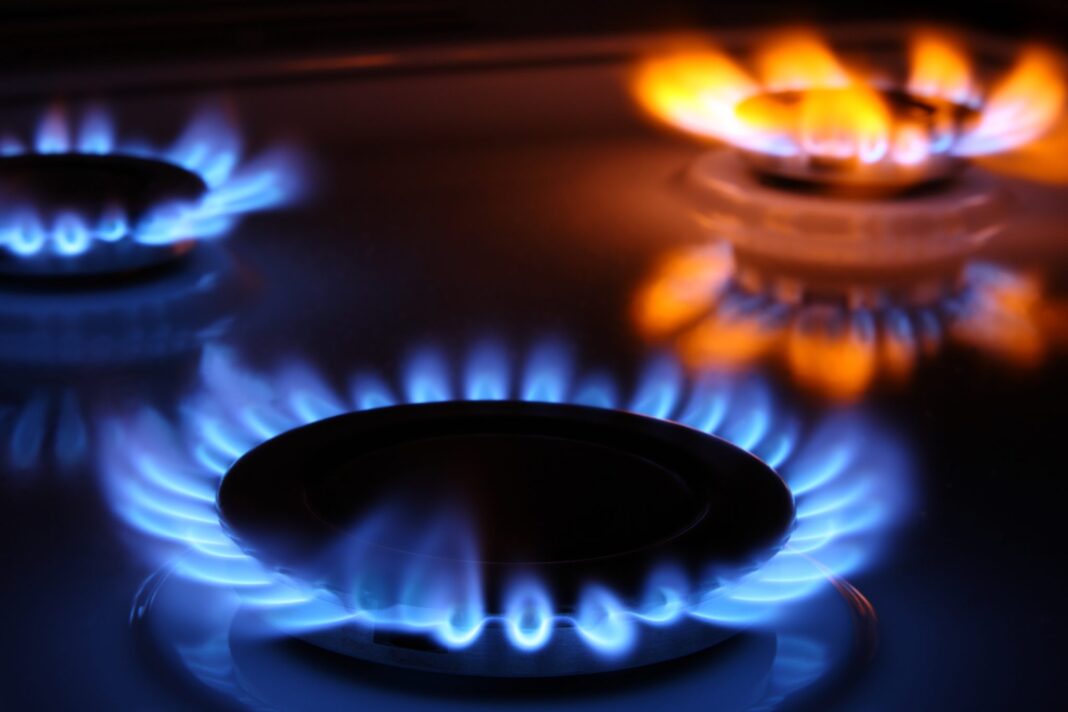Kenya’s bid to achieve universal access to clean cooking energy by 2030 is set to get a boost from $400 million in investments and tax relief.
The government of East Africa’s largest economy plans to invest more than $200 million to build facilities to handle and store liquefied petroleum gas, according to Energy Secretary Davis Chirchir. That’s in addition to a $200 million LPG facility that Tanzanian businessman Rostam Aziz’s company, Taifa Gas, begun constructing in the Kenyan port city of Mombasa last week.
The government’s plan involves setting up a 45,000-ton facility in Mombasa as it moves to make clean cooking gas more affordable and available to households in Kenya, where about 70% of the population relies on wood fuel to prepare meals, Chirchir said in an interview. State-controlled Kenya Pipeline Co. will begin developing the LPG storage and bottling facilities at the government’s defunct oil refinery in the next fiscal year starting July 1.
“We are investing in infrastructure as an incentive to promote the use of cooking gas,” Chirchir said.
The minister’s comments came as President William Ruto on Friday pledged to abolish taxes on cooking gas. The government’s immediate target is to bring down the price of the fuel by a third to about 70 shillings ($0.6) per kilogram, and to nearly double its use in seven years to 13 kilograms per capita from an estimated 7.5 kilograms currently, according to the minister.
Kenya, like other African countries, is struggling to shift its people from using charcoal. Across Africa, 850 million to 900 million people use solid fuels, including charcoal and firewood, for cooking. That’s blamed for shortening the lives of more than half a million Africans annually as it produces a hazardous gas, carbon monoxide, according to the World Bank.
Kenya’s Energy & Petroleum Regulatory Authority has issued about a dozen licenses to private investors to build bulk LPG facilities, the minister said.
Additional storage capacity will pave the way for Kenya to centrally import LPG under a so-called open tender system where a marketer with the most-favourable pricing will win a bid to bring in cooking gas on behalf of the industry, Chirchir said.
Kenya also plans to securitise a levy charged on kerosene to finance the supply of cooking gas cylinders for 10 million low income-earning households, according to Chirchir. The parliamentary budget office estimates the levy can generate about 2.8 billion shillings annually.
Currently, African Gas & Oil Co. Ltd., a closely held company, operates Kenya’s biggest LPG terminal of 14,000 tons in Mombasa.
Bloomberg



